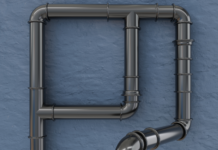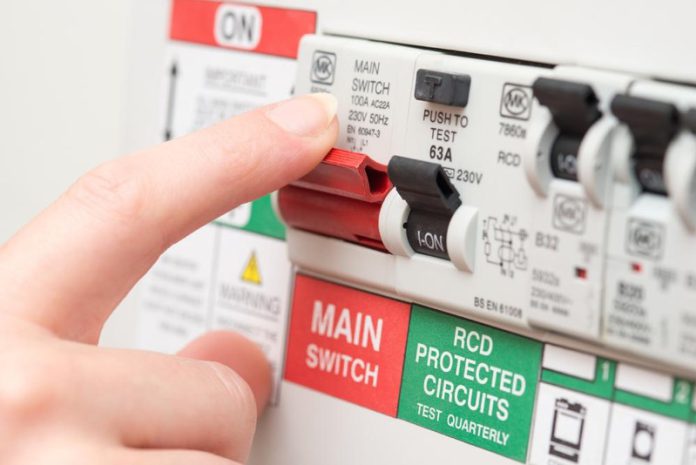Electrical overloading is the most common reason for a tripped circuit breaker. Installing this device is recommended in residential and commercial buildings, as it protects it from the hazards associated with circuit breakers tripping. In this article, we will discuss how a circuit breaker works, the factors behind a tripped circuit breaker and preventive measures homeowners and businesses can take to prevent this electrical issue.
What is a Circuit Breaker?
A circuit breaker is a safety device that protects the building’s electrical wiring system from overloading and completely shutting off. This device activates when there is a sudden increase in electrical current in one circuit. This mechanism turns off the power supply to the affected circuit to prevent it from spreading to other circuits.
Different Types of Circuit Breakers
To better understand why circuit breakers keep on tripping, it is important to know which kind is installed on the property. There are three main types of circuit breakers. The first is Miniature and is commonly used in homes with fewer electrical circuits. Most homes and commercial spaces usually have the moulded case circuit breaker. It is preferred for use in most buildings as they offer greater protection against power surges compared to the miniature type. The Medium Voltage circuit breakers are more common in places where there is a huge power demand. This type of circuit breaker comes in two kinds, vacuum and air circuit breakers.
Factors That Contribute to Tripped Circuit Breakers
Several factors can cause circuit breakers to trip. Each of these factors is as serious as the other. Electrical overload is a usual reason why homes call a 24 hour electrician to have their circuit breakers fixed. This situation happens when there is too much power demand in one circuit and it cannot handle the demand. Another reason for tripped breakers is short circuits. This electrical issue occurs when hot wires touch the neutral wire and create an electrical current in places where they should not be. Loose connections and damaged wires are great examples of short circuits. Lastly, a ground fault is a result of when the grounding wire makes contact with the hot wire to create a ground fault.
Ways to Prevent Circuit Breakers from Tripping
Properties that have seen a significant increase in their electricity demand should consider upgrading to the 3-Phase Electrical Switchboard. Buildings that are still using an old and outdated electrical switchboard are more prone to experiencing circuit breaker tripping. Given that a short circuit can cause an electrical fire, it is best to transition to a newer and modern switchboard. The 3-Phase Switchboard offers decreased energy loss, a more stable electricity flow that never drops to zero and a more efficient way to run electrical appliances.
While it does not function in the same way as circuit breakers, having a Residual Current Device (RDC) also prevents the occurrence of hazards associated with tripping breakers. This device continuously monitors the electricity flow of neutral and active wires. When it detects an irregularity, it immediately turns off power to prevent electrical hazards.Only a level 2 electrician can upgrade your regular switchboard to a 3 phase!
Final Thoughts
It is extremely important that if you are having repeated trip switches that you contact a local electrician. Although your switchboard may only require a minor repair, such as a RCD replacement, it could also very well be a much larger issue at play such as a faulty switchboard or asbestos which can potentially lead to electrical fires! If your house electrical capacity has rapidly increased over the past couple of years, you may even require a 3 phase switchboard upgrade which only level 2 electricians can carry out. Nevertheless, this problem is better to get on top of sooner rather than later, so contact a local emergency electrician near you!











































